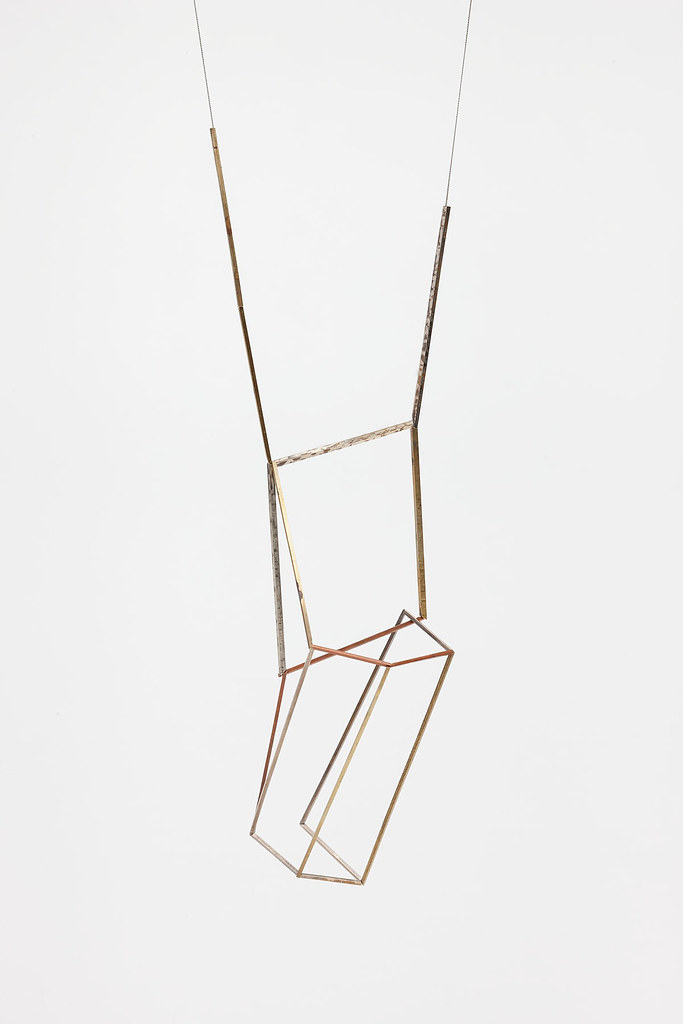Provenance-where something comes from- can be very important.
In the case of gold, much serious degradation of the environment occurs in the mining process.
I was talking this over with an old school friend, Mark, who had approached me about custom-making his wedding band. We decided that it would be best if we could make his ring from local gold nuggets- that we found ourselves, taking care not to do irreparable damage in the process- to seek, but not destroy.
After two arduous but memorable prospecting episodes, we hadnt found anywhere near enough to make the whole ring. With the wedding date looming, I decided to get help from a supplier of local Victorian gold nuggets, who fixed us up with enough gold, all of which was found by small-scale detectorists.
Gold- as it occurs in nature, is seldom 100% pure- it will often contain traces of silver for example, and is known as native gold. Native gold from Victoria's golden triangle region is some of the richest in the world, typically assaying above 95% purity- about 22-23k.
Here's what I did with it... and if I may say so my friends, this is a wedding ring par excellence...
These are the natural nuggets. That small one above is a piece we found ourselves (
greatly magnified!)
Firstly, I removed all the quartz I possibly could.
Then, melted the nuggets in a groove carved into a charcoal block, forming a simple ingot.
(remember?)
The ingot is beaten out, gradually approaching the desired dimensions.
Mark requested a band 9mm wide and 2mm high, so care is required to keep to the specifications.
...it gradually gets better and better...
Mark wanted his band to look handmade- but not too rough or crazy- just "not like a piece of machinery". To achieve this aesthetic, I endevoured to keep my method very restrained- to only use hammers, both to forge the shape, and to achieve the surface finishing. No machines, no abrasives.
No material will be removed.

The bend begins. I had initially thought I would solder the join, and have to make up my own high-karat solder- but then... I thought, NO- I'll FUSE it. To solder is to join by melting a less pure alloy into the joint- which leaves a visible line of another colour. Fusion involves melting the joint on itself- a seamless, invisible join. The difficulty of fusion is that you have to get the whole piece up to almost-melting temperature... then just-melt the join– you could melt the whole thing! Its a bit nerve-wracking.
You can see in this photo how the whole ring is red hot- and the surface is just starting to 'swim'; to go liquid. Danger! But, this risk of total destruction is part of the romance of goldsmithing, gentle reader. Commitment is required. The smith makes himself vulnerable.
This makes me think of marriage, naturally; for good fusion you have to melt yourself a little bit.
Perfectly fused! But hmm... it looks a little droopy, no?
Its just this shape becuase I did a 'scarf' joint (big overlap) for maximum surface contact.
Don't fret- its getting better and better.
Next, I forge and forge and forge, with my hammer, stretching the ring to size 'U' on the mandrel, and perfecting the shape.
To get the soft, ancientish surface texture was a matter of damping the face of the steel hammer.
After a thousand and one hammer taps, we have arrived.
The weight is astonishing.
The lustre is celestial.
The provenance is without reproach.
The band is seamless, the simple methodology has dignified integrity.
Wear it well, Mark- 'tis a beauty.
and oh... if you need one of these, or something with the same attention to all the considerations; now you know who to ask... everyone should have their own Goldsmith.













































